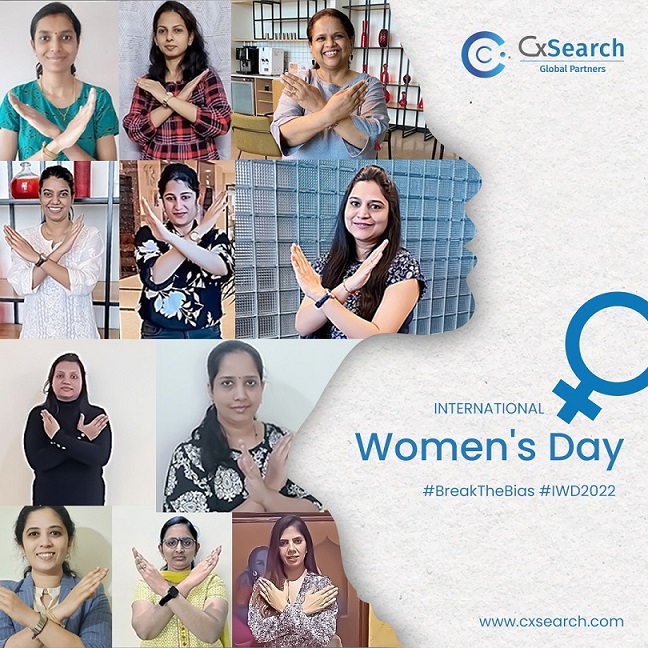Are women truly empowered?
Are women truly empowered?
Over the last few decades women across the globe have beautifully evolved to be more powerful and optimistic. The inherent capacity of multi-tasking combined with real-time problem solving has made them play a vital role in top management.
In India, over the years numerous policies such as Inclusion of women as a board member, Equal remuneration and Maternity benefit to name a few has come into play which has enabled in bringing equal access to women across all spheres; the legal system has also been strengthened to make equal partnership. This has drove a significant change in the corporate world which is now parallelly crowned by the feminine group having great leaders like Chanel’s Leena Nair, Flex’s Revati Advaithi, Capgemini’s Aruna Jayanthi, Indra Nooyi, TAFE’s Mallika Srinivasan, Britania’s Vinita Bali and so on.
These days the noise is also heard in the industrial, oil and gas and manufacturing industries which was once male-dominant sectors. From research to manufacturing, women are jointly raising the bar high with their counterparts.
Given this scenario, has India really achieved Women Empowerment?
- The percentage of working-age women who are economically active in the country is far lower than the global average. Women participating in Indian workforce has sharply fell to 18% in 2019 from 37% in 2006. The pandemic has further worsened this by pulling it down to 16.1% as on September 2020.
- According to World Bank estimates, India has one of the lowest female labour force participation rates in the world. Less than a third of women – defined in the report as 15 or older – are working or actively looking for a job. Most employed women in India are in low-skilled work, such as farm and factory labour and domestic help, sectors that have been hit hard by the pandemic, on the other side traditional household roles in India are further expected to impede women’s return to the workforce.
- A recent statistics reveal that India’s female-to-male share of housework is among the highest in the world, and women are bearing the majority of childcare. We should be mindful that women who work are the most reliable source of economic growth. When they are kept home because there is no affordable childcare or because their husbands won’t let them out of the house, they lose and so do their country. Many societies invest heavily in female education, and then push women out of the workforce – wasting a valuable resource, losing a chance for sustained growth, and widening a skills gap that already threatens their future.
Women’s economic empowerment has been shown, many times, to be the best available weapon against poverty. As a strong nation marching towards becoming one of the world’s superpower, let us stand united in building a holistic women empowerment (social, educational, economic, political and psychological) and bridging the gender gap for a sustainable development.
Author: Priyadarshini Saravanan, Research Consultant @ CxSearch Global Partners.

